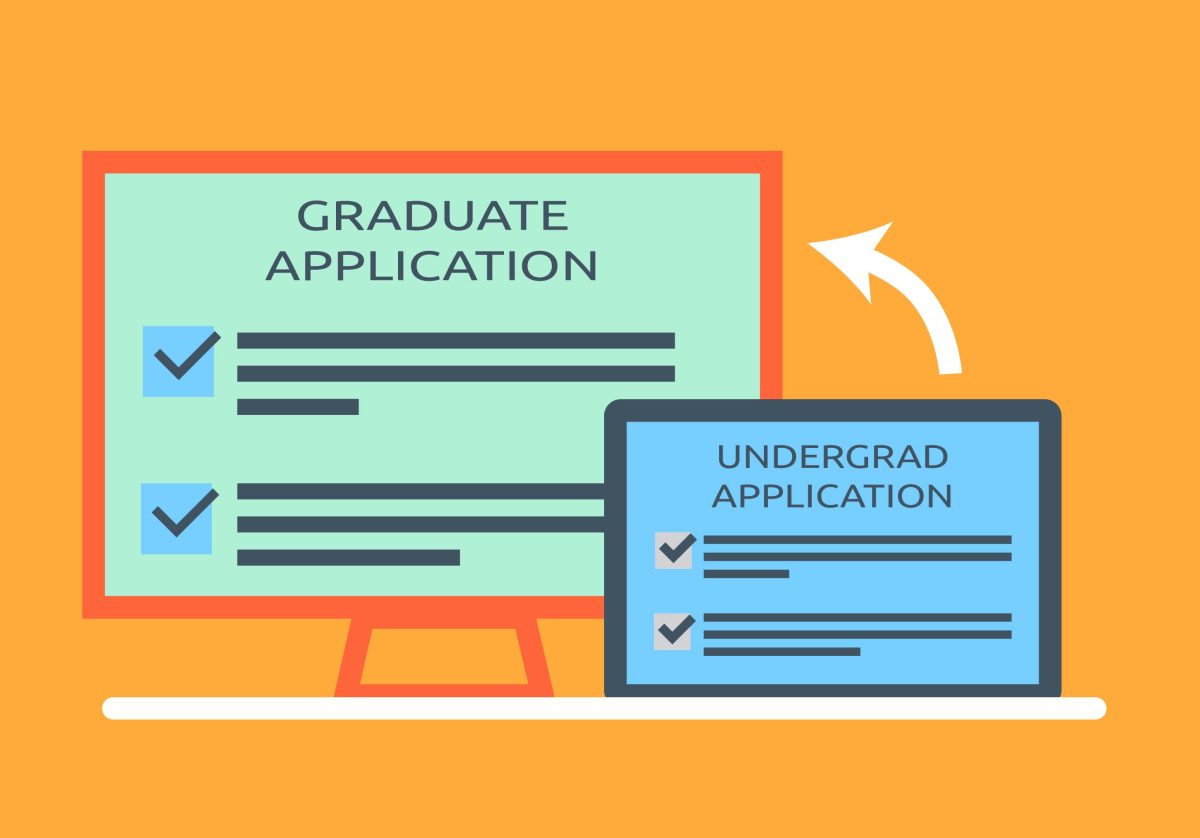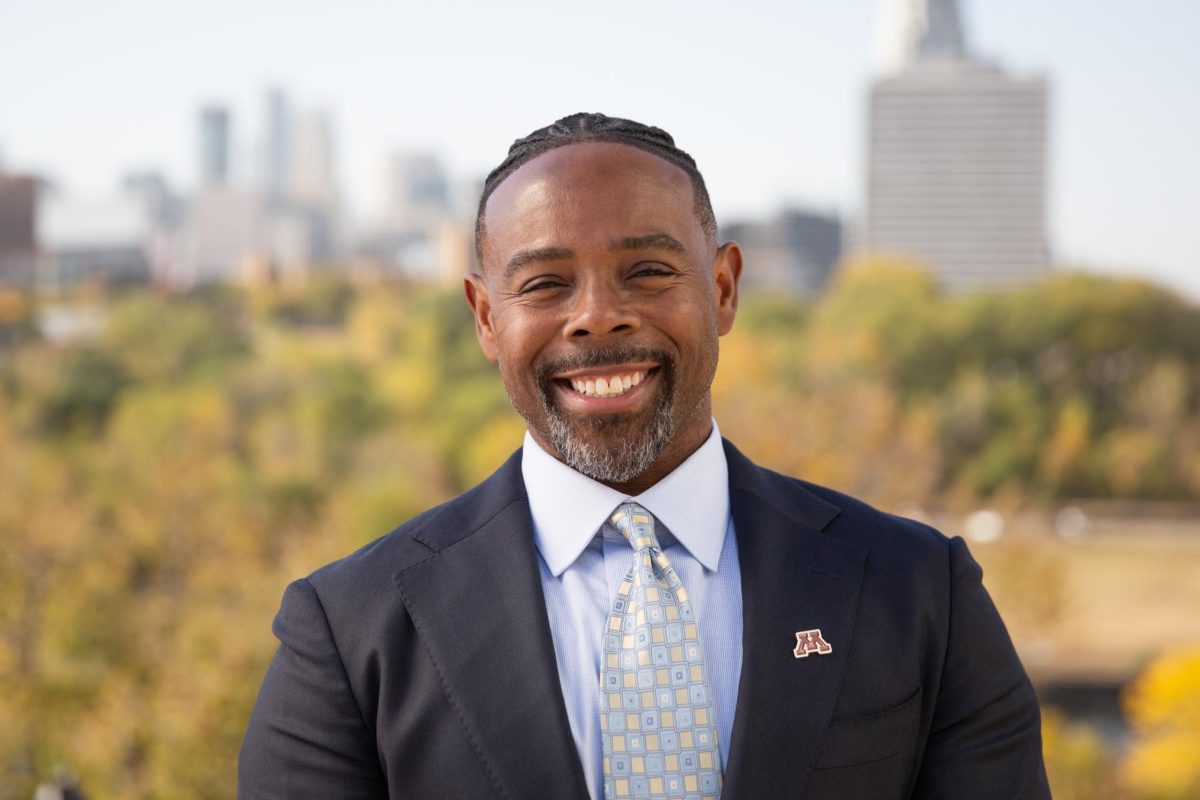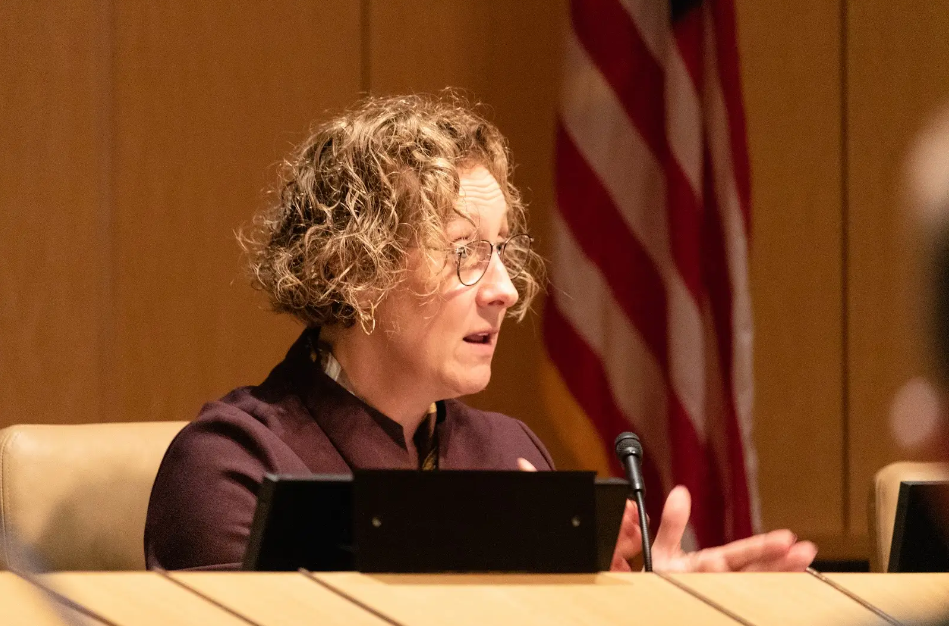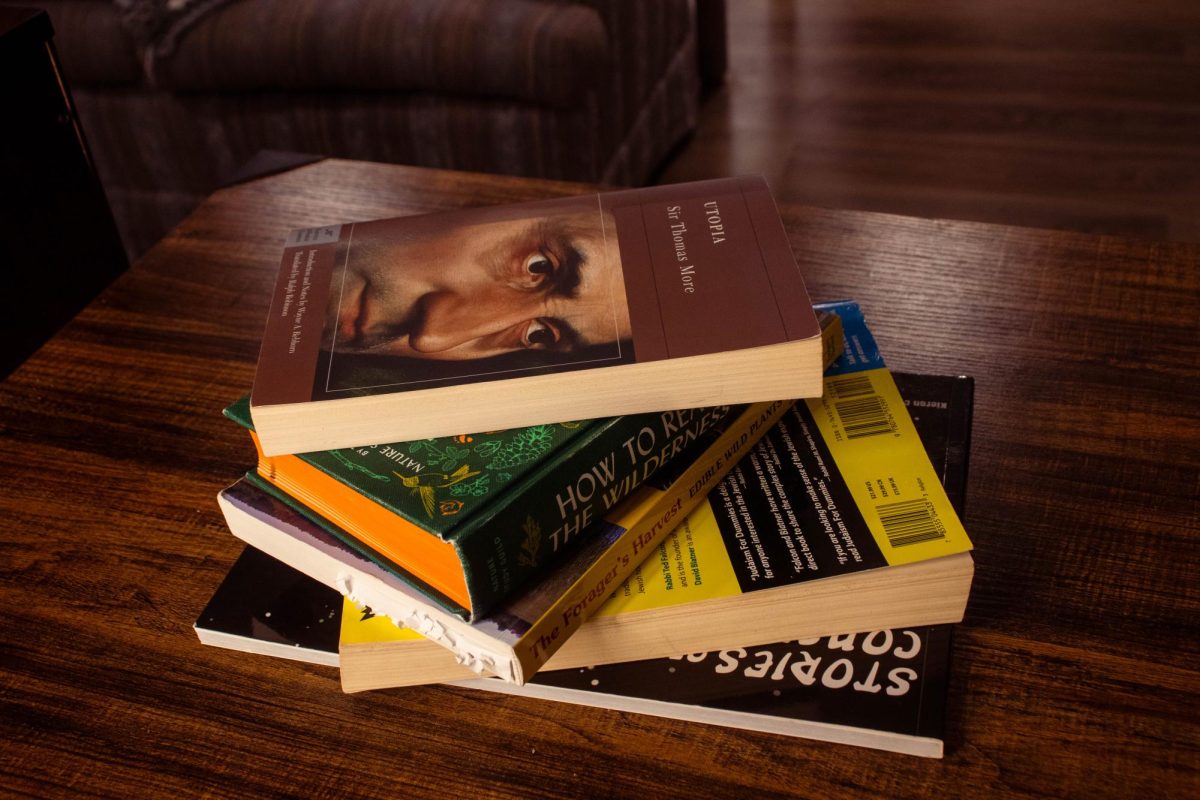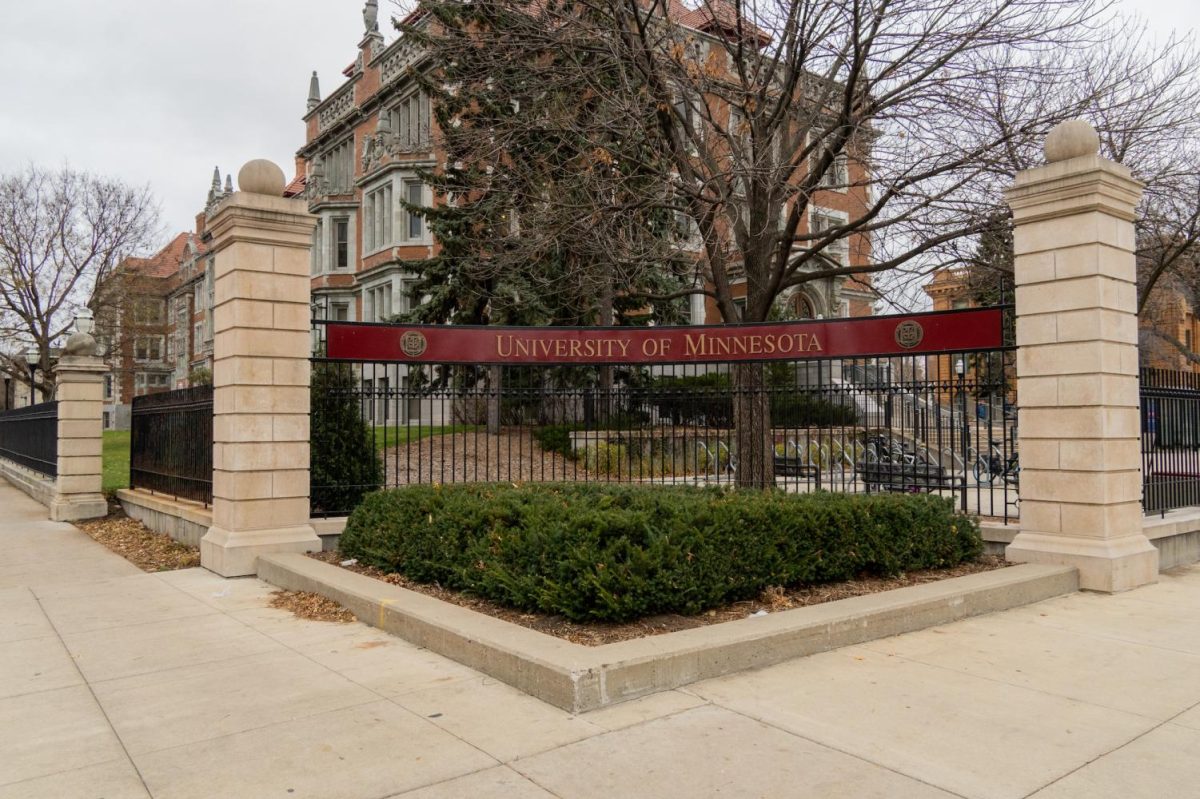Whether her graduate peers are wondering about homework, classes or where to go for the best happy hour deals, aspiring physical therapist and University of Minnesota alum Mckenna Knipp has the answers.
Knipp graduated from the University with her degree in kinesiology in 2022. Knipp was accepted to each of the four graduate programs she applied to, but the University’s program is the one she chose.
“I knew the area here, all my friends are here, it just feels like the right spot to go to,” Knipp said. “A huge factor for it for me was cost, with the U, obviously, in-state tuition.”
Just under 40% of University graduates who seek a master’s or other doctorate degrees do so at the University, according to post-graduation surveys.
That figure is slightly higher than the number of 2007 graduates who had obtained an additional degree from the University nine years down the line.
Nationally, enrollment in graduate programs fell by almost 5% in fall 2022 from the previous year despite an increase in the number of applications.
Law School encourages “double Gophers”
About 9% of an entering class at the Law School are “double Gophers,” making the Law School’s biggest feeder school the University. Those coming from the University are more likely to enroll at the Law School once accepted than other students from different universities, said Robin Ingli, assistant dean of admissions for the Law School.
The Law School builds relationships with its pre-law mentorship program, which pairs undergraduate students with law students, Ingli said. The University offers a law minor, which was created to develop a pipeline of students thinking about law school, she said.
The pre-law advising office assists students and alumni from all colleges and steers them to the Law School to continue building relationships, Ingli said.
“We love our double Gophers,” Ingli said.
The Minnesota Pre-Law Scholars program is a free, selective summer prep class for the Law School Admission Test (LSAT). The Law School sponsors about 35 students, who receive help preparing for the test, learn about applying to law school, and meet faculty, attorneys and judges, Ingli said. The 11-week program is likely a value of $800 per student, she said.
For students from the University who declined to attend the Law School, it might have boiled down to choosing the better financial aid offer at competitor schools like the University of Iowa or the University of Wisconsin, Ingli said. Non-resident tuition for the Law School is $56,000 compared to $46,000 for Minnesota residents.
“We are a top-ranked law school, but we are culturally a friendly place,” Ingli said. “Our student body is very close-knit and collegial, collaborative and supportive of one another.”
Roughly a quarter of each incoming class is from Minnesota, and over 80% of all Law School graduates go on to work in the state.
But Ingli disagrees with the saying that it is always easier to find a job in the city or region where you graduate from law school.
“It’s a little bit of legwork and networking, and it’s putting yourself out there, and that’s the same for a lot of students,” Ingli said.
Graduate and undergraduate networks differ
The Humphrey School of Public Affairs — the smallest school within the University — brings in about 200 students each year, 10% of whom attended the University for their undergraduate degrees, said Michael Massad, the Humphrey School’s director of admissions.
In the past, the Humphrey School offered a “four plus one” program allowing students to take a fifth year and take classes during their senior year to build progress toward a graduate degree, Massad said.
The Humphrey School puts on regular events, including Fall Preview Day, an open house for prospective students to learn about the application process and funding, Massad said.
Massad hopes the Humphrey School could offer a formal undergraduate minor in the future, but there are no plans at the moment, he said. The Humphrey School does offer a certificate of election administration, available to both graduate and undergraduate students, he added.
“My dream is that we create a policy minor that then becomes an amazing feeder into our actual graduate programs,” Massad said.
Over half of admitted students are from Minnesota, including those with degrees from Augsburg University, Macalester College and other colleges in the Twin Cities area, Massad said. Around three-quarters stay in the state after graduation.
Building out your network is “part of the beauty” of working toward a master’s degree, Massad said, but that does not mean you need to attend a different institution.
“You could make the argument that if you’re staying at the U, it’s all the same network. I would argue that’s not the case,” Massad said.
Professional and graduate alumni networks differ from undergraduate alumni networks, he said, but sticking with the same university allows students to keep connections they made already, potentially making it easier to land graduate assistantship positions.
For some students, graduate school is “a continuation of their time in undergrad” while others graduated years ago and are entering as seasoned professionals, Massad said.
Medical School aims to serve the state
The University is the biggest feeder school for its Medical School, according to Dimple Patel, associate dean of admissions for the Medical School. Many students accepted from the University have research experience and can continue to be part of those teams as they pursue a degree from the Medical School.
Staying somewhere where students have established networks can be especially helpful for those pursuing rigorous programs like medical school, Patel said.
Staff from the Medical School are often invited to speak with the pre-med groups and societies for undergraduate students, Patel said, and they try to follow through whenever possible.
The Medical School offers information sessions, recruitment tables during career fairs and the Pre-Health Student Resource Center, according to Patel, but there is little crossover of classes offered for undergraduate and medical school programs.
The Medical School does not offer test preparation programs or specific assistance for the Medical College Admission Test (MCAT), Patel said, though the Pre-Health Student Resource Center does list a guide of recommended courses to prepare students for the test.
“Some of those students probably face some challenges with personal networks,” Patel said.
Around 20% of the Medical School’s incoming classes are not Minnesota residents and some face challenges with establishing personal networks compared to students with family living nearby, Patel said.
Patel said she feels that students from Minnesota are welcoming, and the shared experience of being in medical school creates a supportive community for all students.
Over 70% of physicians in Minnesota received training at the University, either by attending the Medical School or completing a residency or fellowship, Patel said.
“Our whole intention is to serve the citizens of this state, and that’s certainly happening,” Patel said.


